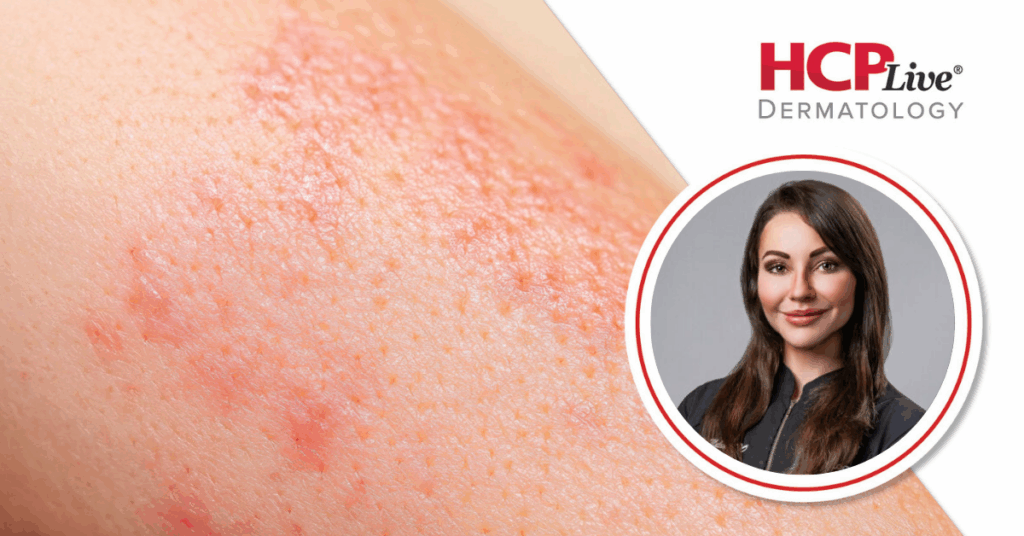
The use of Janus kinase (JAK) inhibitors in dermatology is expanding rapidly, particularly following the 2021 approval of ruxolitinib cream by the US Food and Drug Administration (FDA). This marked a significant milestone as it became the first JAK inhibitor approved for dermatological treatments. At the 2025 Society of Dermatology Physician Associates (SDPA) Fall Conference in San Antonio, Texas, Dr. Gabriela Maloney, a board-certified dermatologist at Forefront Dermatology, discussed the potential benefits of off-label JAK inhibitor usage.
During her presentation, titled “Off-Label Usage of JAK Inhibitors,” Dr. Maloney emphasized the challenges of current treatments for inflammatory skin conditions. “We’re often giving [patients] immunosuppressants that require a lot of lab monitoring, a lot of drug interactions, a lot of potential side effects, and they’re making people feel slightly better, but not completely clear,” she explained. The effectiveness of JAK inhibitors lies in their ability to specifically target the JAK-STAT pathway, which plays a crucial role in various inflammatory conditions.
Several JAK inhibitors, including upadacitinib, baricitinib, abrocitinib, and deucravacitinib, have received FDA approvals in recent years. Dr. Maloney highlighted that these medications can significantly reduce inflammation without compromising the immune system. “By inhibiting JAKs, we’re really kind of toning down the volume of inflammation, but in a very targeted way,” she stated. This targeted approach allows for effective management of inflammatory conditions while minimizing systemic impacts.
Dr. Maloney also addressed the ongoing research into JAK inhibitors for chronic skin diseases such as vitiligo and hidradenitis suppurativa, conditions that currently lack effective treatments. She noted that numerous drugs are in phase 2 and 3 trials for these disorders. Furthermore, she mentioned that JAK inhibitors are already approved for treating alopecia areata but have not yet been approved for cicatricial alopecia. “Hair regrowth has been observed among individuals with cicatricial alopecia,” Dr. Maloney added, highlighting the potential for these therapies to address a broader range of conditions.
The implications of JAK inhibitors extend beyond skin conditions. Dr. Maloney pointed out the discoveries surrounding overlapping inflammatory pathways, which could lead to advancements in treatment options for various autoimmune conditions. By controlling these pathways, dermatologists can better tailor therapies to individual patient needs.
The SDPA Fall Conference serves as a significant platform for dermatologists to exchange knowledge about emerging therapies and best practices. Dr. Maloney’s insights into the use of off-label JAK inhibitors reflect a growing trend toward innovative treatment strategies in dermatology. For more information on the topics discussed at the conference, further coverage can be found on our site.
This article has been edited for clarity and conciseness.







